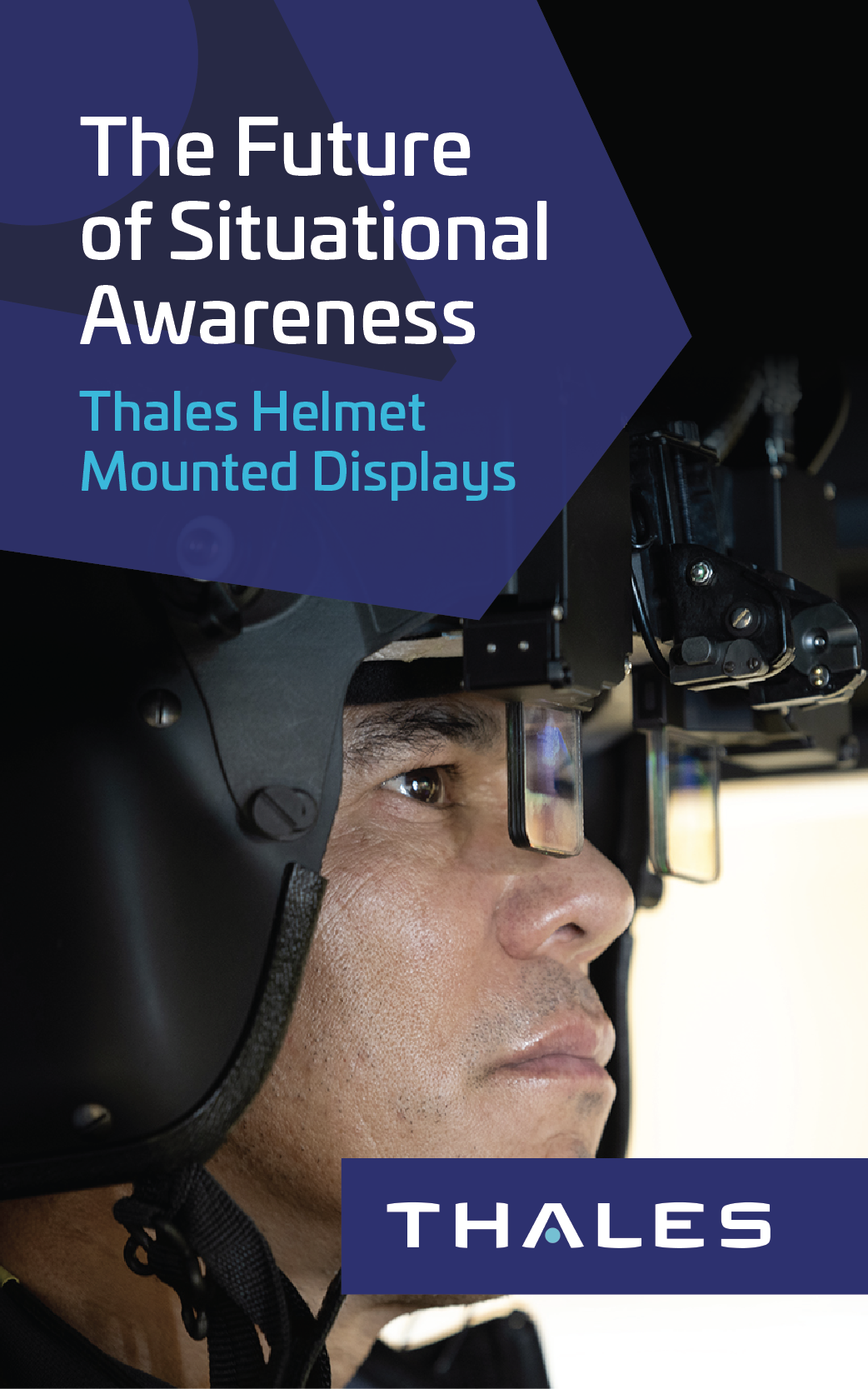Special Focus – TRADOC Capability Manager Update —By COL John M. Lynch, Jr.
The TRADOC Capability Manager for Reconnaissance and Attack (TCM R/A) working under direction of the United States Army Aviation Center of Excellence (USAACE) Capabilities Development and Integration Directorate (CDID) is the commanding general (CG) TRADOC designated authority for centralized management of all requirements and capabilities for reconnaissance and attack helicopters, aviation weapon systems and the training helicopter fleet.
TCM R/A is the user representative, providing subject matter expertise (SME) and playing a key role in capability development activities and solutions across all dimensions of doctrine, organization, training, material, leadership and education, personnel, facilities (DOTMLPF) integration. TCM R/A works closely across the Aviation Enterprise to ensure that all training, manning, and equipping requirements are met.
This article highlights TCM R/A’s major activities over the past year.
Reconnaissance
Attack TCM R/A Recon branch OH-58D SMEs work closely with the Directorate of Training and Doctrine (DOTD) to capture lessons learned and tactics, techniques and procedures for operations, maintenance and sustainment during post deployment umbrella week engagements with units returning from Operation Enduring Freedom (OEF). Efforts to support the OH-58D Program Manager over the past 12 months include participation in two System Safety Working Groups (SSWG) to evaluate and assess airframe related hazards, review of training material developed to support new equipment fielding, recommendations for training device fidelity and capability, and participation in multiple integrated product teams (IPT) including providing SME support to the OH-58F Cockpit and Sensor Upgrade (CASUP) program.
 |
The TCM R/A Attack branch was extremely busy over the past year supporting upgrade, sustainment, and fielding efforts on the Apache fleet. 2014 marks the second year of AH-64E fielding and TCM R/A is involved in nearly every aspect of support required for successful fielding. Our AH-64 standardization instructor pilots (SPs) supplement Apache PM New Equipment Training Team (NETT) AH-64E operator training events on a recurring basis. TCM R/A Attack branch SMEs participate in several integrated product teams (IPT) that build test requirements, training material development, and training aids devices, simulators and simulation (TADSS) concurrency and sustainment. Much of last year’s focus was on development of AH-64E Lot 4 capabilities (primarily Link-16 integration), preparation for the Lot 4 follow on test and evaluation (FOTE) in August 2014, and definition of Lot 6 capabilities. Like the Recon branch, the Attack branch participates in umbrella week events to capture key user issues for future improvements to the Apache.
Weapons
Hellfire continues to be the Aviation precision weapon of choice in the fight. With the addition of steel fragmentation sleeves and trajectory shaping, Hellfire is more versatile than ever. The latest version, Romeo, incorporates the capabilities of several previous Hellfire variants into a single missile and is deployed today.
The Joint Air to Ground Missile (JAGM) will leverage the Romeo missile body and incorporate a dual mode seeker. Laser and radar seekers will work together providing increased lethality in adverse weather, against countermeasures and add fire and forget capability for non-radar platforms.
Hydra rocket improvements include more reliable fusing, increased effectiveness of flechette and illumination warheads and possible introduction of laser guidance for high explosive warheads.
Training Helicopter
 |
The TH-67 has served Army Aviation well over the last 20 years but is showing signs of the wear and tear from tough daily use. On 23 April 2013, the TH-67 became an official Program of Record (PoR), meaning it competes with other Army programs for sustainment funding to address crash damage repairs, major airframe repairs, and upgrades for obsolescence mitigation. The Reliability and Maintainability Initiative (RMI) program extends the life of the fleet for another 15 years while simultaneously installing hardware upgrades.
Armed Aerial Scout
TCM R/A provides user expertise for the Armed Aerial Scout (AAS) project to ensure that analysis of missions and exercises are realistic and doctrinally sound. TCM R/A support of the AAS Analysis of Alternatives (AoA) began during the Phase 1 manned unmanned solution determination and continued through the voluntary flight demonstrations with industry in 2012. Nearly four years of analysis led to the development of a Capabilities Development Document (CDD) in 2013 that defined the AAS requirement. Due to budget constraints, there are no plans for Army Aviation to pursue an AAS solution in the near future
Summary
As with most organizations in the Army Aviation Enterprise, the TCM R/A office has experienced the impacts of recent budget cuts in the form of program changes and modifications. TCM SMEs will continue to focus on ensuring the Army Aviation Soldier has the best equipment to ensure accomplishment of the branch chief’s vision of remaining relentlessly focused on and dedicated to honoring a sacred trust with commanders and Soldiers on the ground.
We look forward to an exciting and productive 2014 that brings increased capability to the Warfighter.
COL John M. Lynch, Jr. is the TRADOC Capability Manager for Reconnaissance and Attack, U.S. Army Aviation Center of Excellence, Fort Rucker, AL.
























